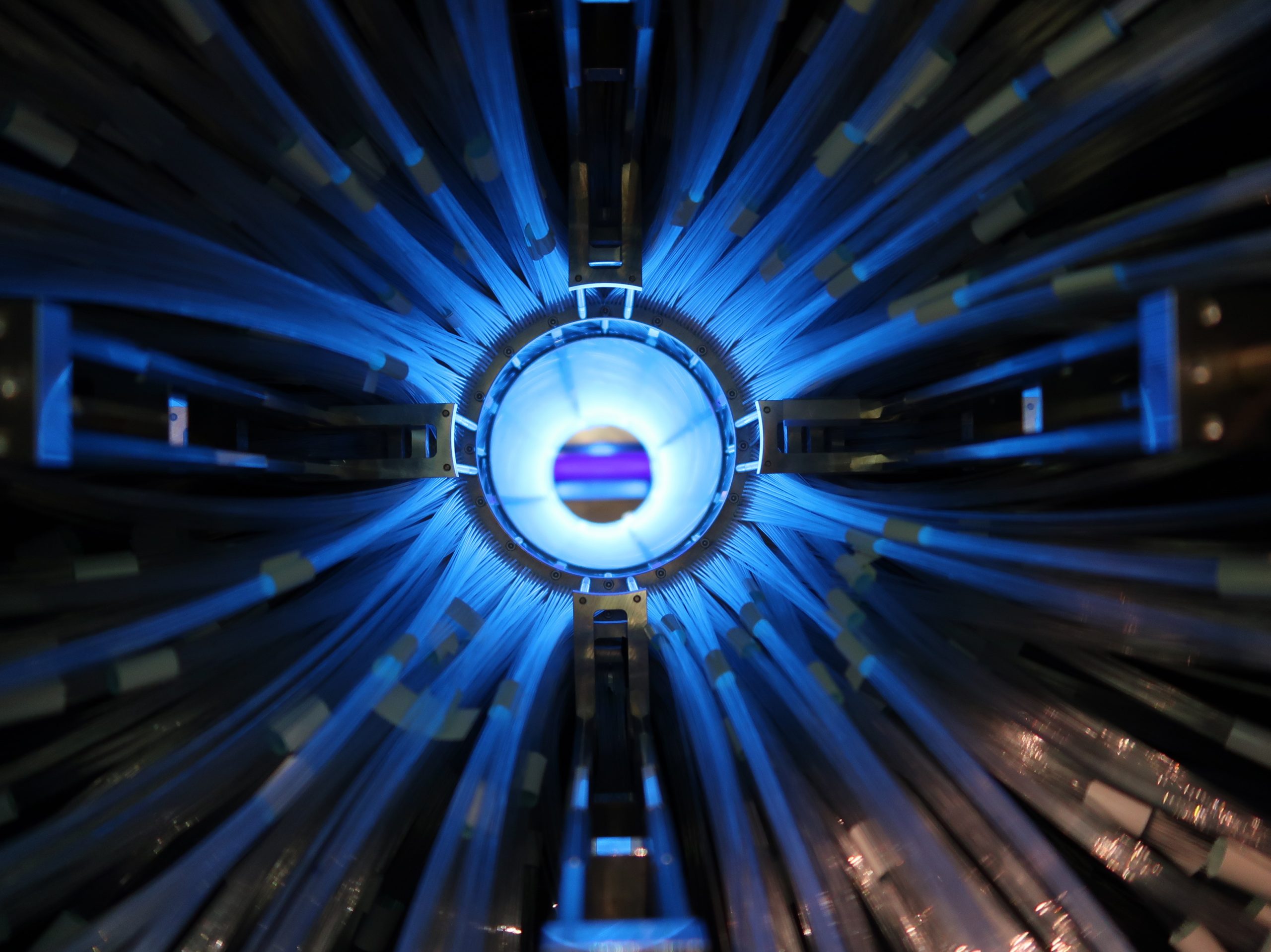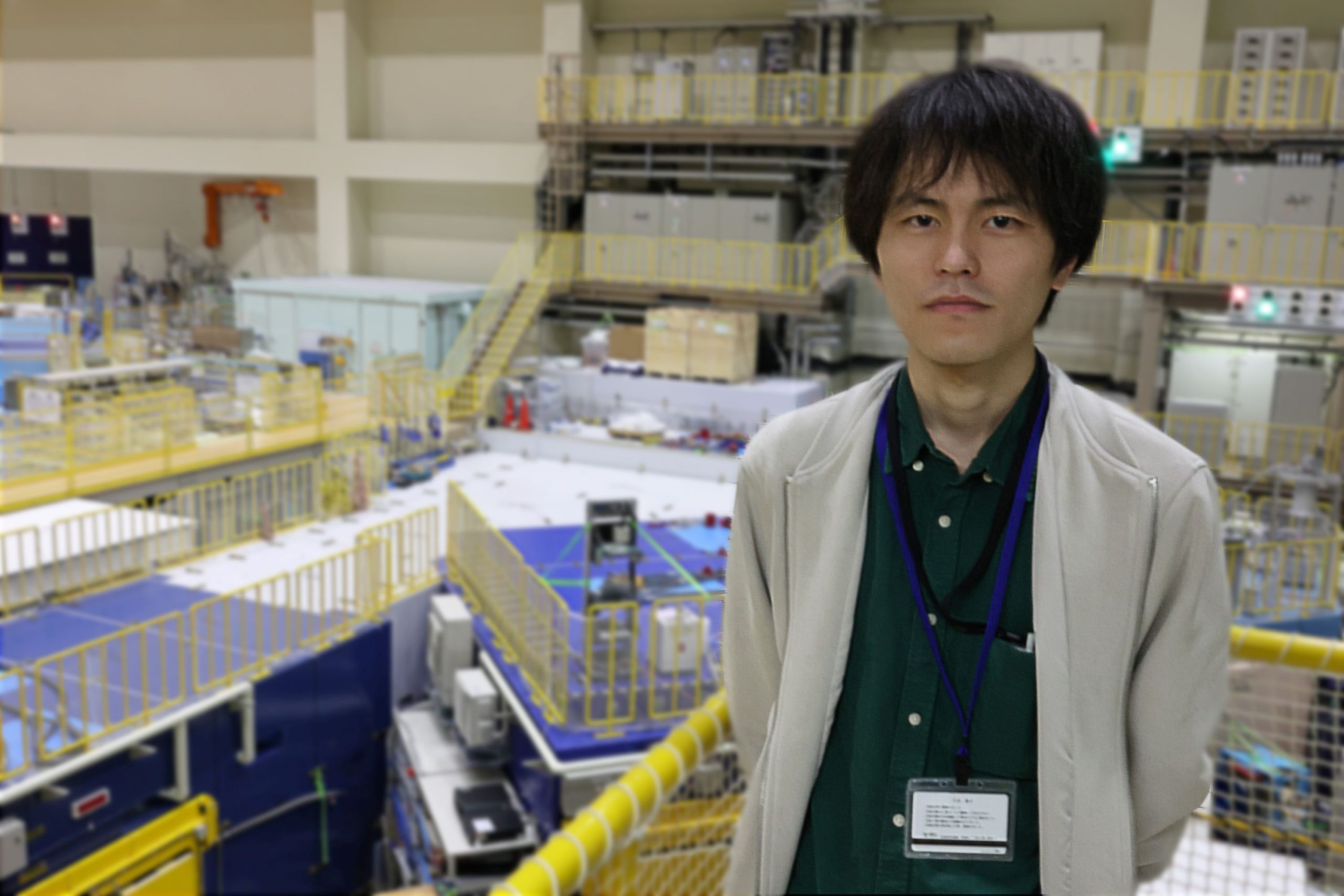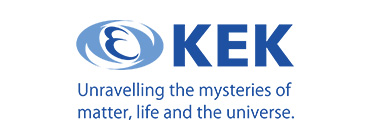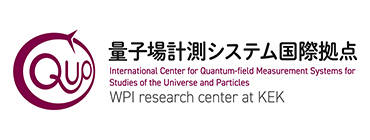- Topics
[Welcome to the IPNS] Interview with Dr. Masato Kimura of the Muon-Neutron Group
April 23rd, 2024
In January 2024, Dr. Masato Kimura joined the Muon-Neutron Group at IPNS as a specially appointed assistant professor.
We interviewed him about what sparked his interest in the world of particle physics, the research he has conducted, and how he refreshes his mind when faced with challenges in his work.
■What sparked your interest in particle physics?
During my sophomore year of high school, I experienced an AHA moment when I got into physics and really understood how the Doppler effect works. It sparked this curiosity in me to dig deeper into how the world works, and that’s what led me to dive into particle physics.
■What kind of research were you involved in before coming to KEK?
From my fourth year as an undergraduate through my doctoral program, I was involved in the Experiment for the Direct Search for Dark Matter with Liquid Argon Optical Detectors (ANKOK experiment). This was a small-scale experiment conducted by the Yorita Laboratory at Waseda University, which was aiming for the world’s highest sensitivity, and where I was able to experience all aspects of particle experiments.
Later, I joined AstroCeNT in Poland as a postdoctoral researcher and participated in the DarkSide experiment, another dark matter experiment using liquid argon. This is a collaboration of 500 researchers from mostly US and Europe conducted in the underground laboratory of INFN National Laboratory (The Laboratori Nazionali del Gran Sasso) in Italy. There, my work was the research focused on analyzing dark matter search results and ensuring the precision and reliability of detectors for forthcoming experiment.
■What kind of research do you hope to pursue at KEK?
I joined the E34 Experiment, Muon g-2/EDM, at J-PARC. For the last two decades, the muon anomalous magnetic moment (often denoted as g-2) has attracted considerable interest. This interest arises from a notable inconsistency between the predictions of the Standard Model of particle physics and experimental measurements taken at Brookhaven National Laboratory (BNL) and Fermi National Accelerator Laboratory (FNAL) in the United States. This suggests the potential for new physics beyond the Standard Model. The E34 experiment plans to verify this by using a completely new technique called muon acceleration. Our goal is to develop the high-quality muon beam production and acceleration techniques necessary for this purpose. In order to realize the start of measurement in 2028, I am committed to leading the entire experiment on site.
■Can you share your method of refreshing your mind when facing difficulties in research and work?
It takes me 40 minutes one way to commute, but that drive is just the right way to refresh my mood. I’ve always enjoyed driving, and on top of that, I can freely adjust my mood during the 40-minute drive. Whether it’s listening to music or driving in silence, rolling down the windows and taking a different route home, having the freedom to do as I please according to my mood makes those 40 minutes the perfect time for me.
——————————–
We look forward to your future activities at the IPNS!








